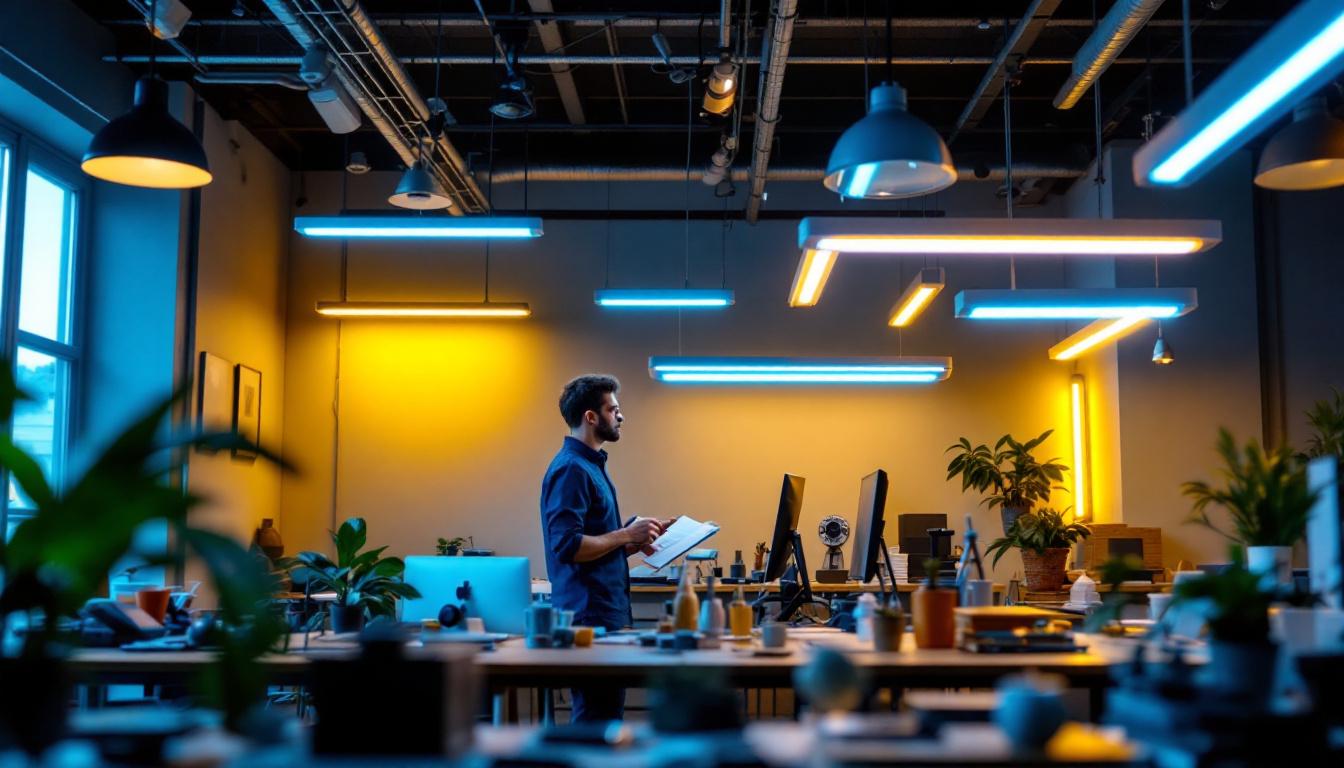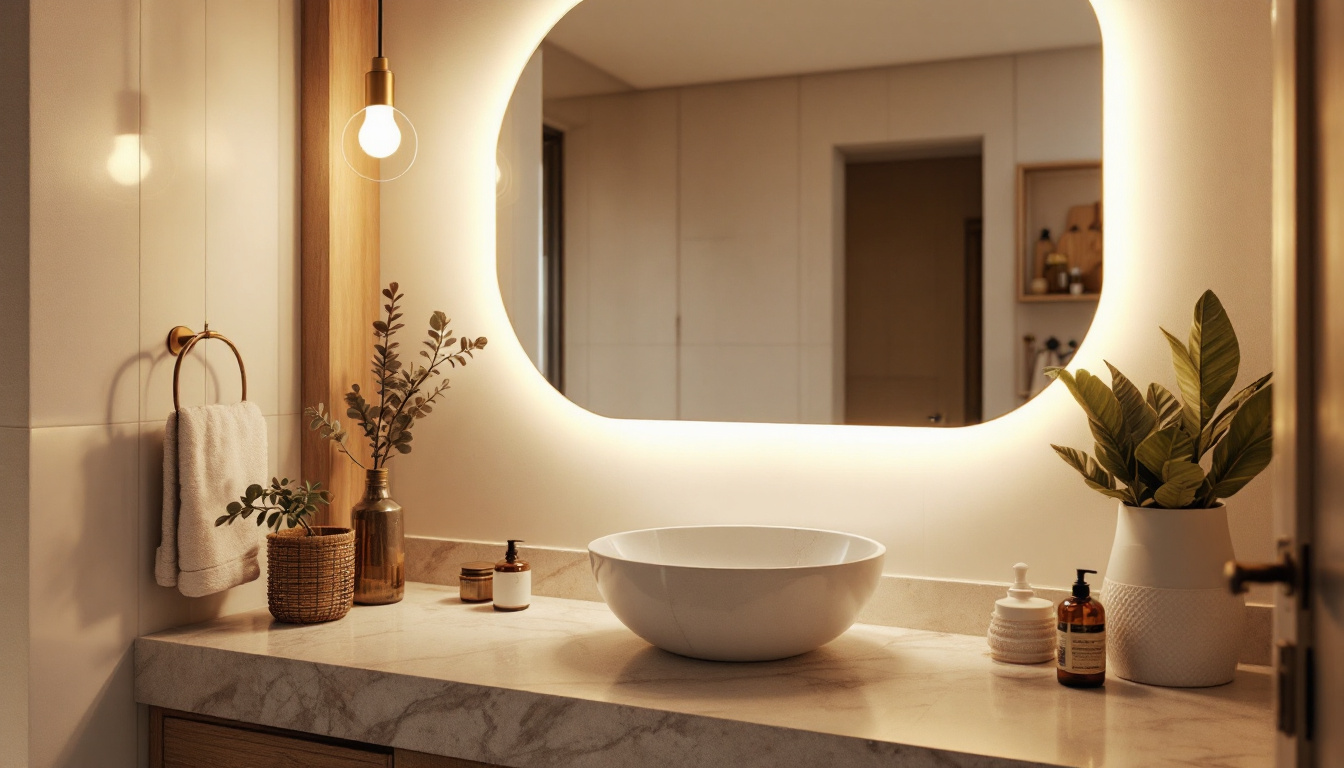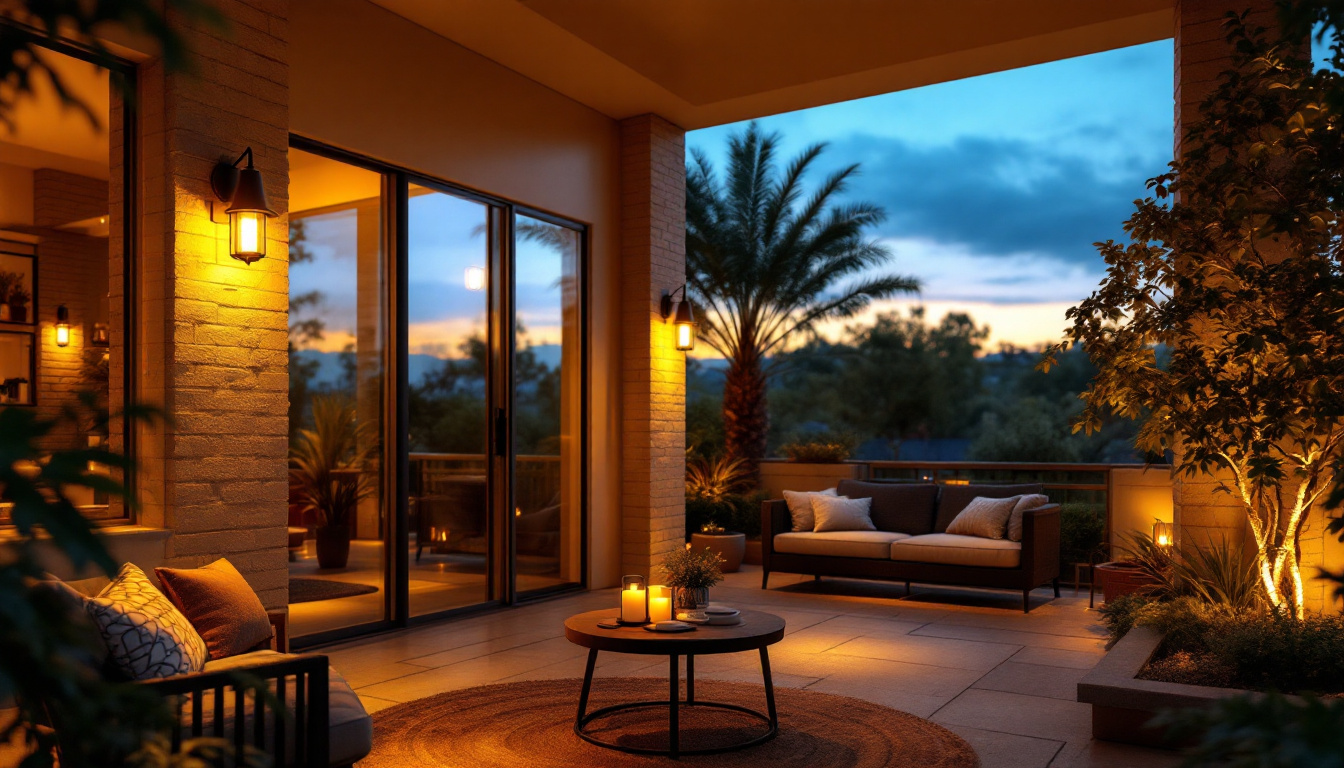
In the evolving landscape of lighting technology, LED fluorescent light fixtures have emerged as a popular choice among lighting professionals. Their energy efficiency, longevity, and versatility make them an attractive option for various applications. However, selecting the right LED fixtures requires careful consideration of several factors. This article provides an essential checklist for lighting contractors to ensure they make informed decisions when choosing LED fluorescent light fixtures.
LED fluorescent light fixtures are designed to replace traditional fluorescent lighting systems with LED technology. These fixtures offer numerous benefits, including reduced energy consumption and lower maintenance costs. Understanding the fundamental differences between LED and traditional fluorescent lighting is crucial for lighting professionals.
One of the most significant advantages of LED technology is its energy efficiency. LEDs consume significantly less power than traditional fluorescent bulbs, leading to substantial cost savings over time. Additionally, LEDs have a longer lifespan, often lasting up to 25,000 hours or more, compared to the 7,000 to 15,000 hours typical for fluorescent bulbs.
Another notable benefit is the quality of light produced by LEDs. They provide better color rendering and can be designed to emit light in specific spectrums, enhancing visibility and comfort in various environments. Furthermore, LEDs do not contain hazardous materials like mercury, making them a safer choice for both the environment and human health.
LED fluorescent light fixtures are versatile and can be utilized in numerous settings. Common applications include commercial spaces, industrial facilities, educational institutions, and healthcare environments. Their adaptability makes them suitable for both new constructions and retrofitting existing lighting systems.
In commercial settings, they are often used in offices, retail spaces, and warehouses, where bright, efficient lighting is essential. In industrial environments, durability and resistance to harsh conditions are critical, making LED fixtures a preferred choice. Educational institutions benefit from the improved focus and learning environments created by high-quality LED lighting.
Moreover, healthcare facilities have begun to embrace LED fluorescent light fixtures for their ability to create a calming atmosphere while ensuring optimal visibility for medical professionals. The adjustable color temperatures available in LED technology can mimic natural daylight, which is particularly beneficial in patient recovery areas. This adaptability not only enhances the aesthetic appeal of the space but also contributes to the well-being of patients and staff alike.
Furthermore, the trend towards smart lighting solutions has also influenced the adoption of LED fixtures. Many modern LED fluorescent lights can be integrated with smart technology, allowing for features such as dimming, color changing, and remote control via smartphone apps. This capability not only adds convenience but also promotes energy savings by enabling users to tailor lighting conditions to their specific needs and preferences, further solidifying the role of LED technology in the future of efficient lighting solutions.
When selecting LED fluorescent light fixtures, several key factors must be evaluated to ensure optimal performance and satisfaction. This checklist will help lighting professionals navigate through the selection process effectively.
Understanding lumens is vital for determining the brightness of an LED fixture. Lumens measure the total amount of visible light emitted by a source. For lighting professionals, selecting the right lumen output is essential to meet the specific needs of a space. Higher lumens indicate brighter light, but it is crucial to balance brightness with energy consumption and application requirements.
For example, a workspace may require higher lumens for task-oriented areas, while ambient lighting may only need lower levels. It is important to assess the intended use of the space and choose fixtures that provide the appropriate brightness without causing glare or discomfort. Furthermore, the layout of the room, including the color of the walls and the presence of windows, can significantly influence how light is perceived. A well-lit environment can enhance productivity and mood, making it essential to achieve the right balance of lumens throughout the space.
Color temperature, measured in Kelvin (K), influences the ambiance and functionality of a space. Warmer tones (2700K-3000K) create a cozy and inviting atmosphere, making them ideal for residential settings and hospitality environments. Conversely, cooler tones (4000K-5000K) are better suited for commercial and industrial applications, where clarity and focus are paramount.
Lighting professionals should consider the specific needs of the environment when selecting color temperature. It is also essential to ensure that the chosen fixtures offer consistent color rendering across the entire lighting system to maintain a cohesive look. Additionally, the psychological effects of color temperature should not be overlooked; warmer lights can promote relaxation and comfort, while cooler lights can enhance alertness and concentration. This understanding can help professionals tailor lighting solutions that not only meet functional needs but also enhance the overall experience of the occupants.
Energy efficiency is a critical factor in the selection of LED fluorescent light fixtures. Look for fixtures that have the ENERGY STAR certification, which indicates that they meet strict energy efficiency guidelines set by the U.S. Environmental Protection Agency. These fixtures not only consume less energy but also contribute to lower utility bills and reduced carbon footprints.
Additionally, consider the fixture’s wattage and efficacy (lumens per watt). A higher efficacy rating indicates a more efficient fixture, which is beneficial for both cost savings and environmental impact. By prioritizing energy-efficient options, lighting professionals can provide clients with sustainable and economically viable solutions. Moreover, advancements in LED technology continue to improve energy efficiency, allowing for innovative designs that can further reduce energy consumption while maintaining high-quality lighting. As the industry evolves, staying informed about the latest developments in energy-efficient lighting will empower professionals to make the best choices for their projects and clients.
Proper installation is crucial for the performance and longevity of LED fluorescent light fixtures. Lighting professionals must be aware of various installation factors to ensure that the fixtures operate effectively and safely.
When retrofitting existing fluorescent fixtures with LED options, compatibility is a key consideration. Some LED fixtures are designed to work with existing ballasts, while others require direct wiring. It is essential to assess the current lighting system and determine the best approach for installation.
In some cases, replacing the entire fixture may be more beneficial, especially if the existing fixtures are outdated or inefficient. Understanding the compatibility of new fixtures with existing electrical systems will help avoid potential issues during installation.
LED fluorescent light fixtures come with various mounting options, including surface-mounted, recessed, and pendant styles. The choice of mounting will depend on the specific application and aesthetic preferences. Surface-mounted fixtures are ideal for spaces with limited ceiling height, while recessed fixtures provide a sleek, modern look.
Consideration should also be given to the installation location. For example, in areas with high ceilings, pendant fixtures may be more suitable, while in office environments, recessed fixtures can create a clean and unobtrusive appearance.
Ensuring compliance with local building codes and safety regulations is paramount during installation. Lighting professionals should be familiar with the relevant codes that govern electrical installations and lighting systems. This includes understanding the requirements for emergency lighting, exit signs, and other safety features.
Additionally, proper installation techniques should be followed to minimize risks such as electrical hazards or fire hazards. Using certified electricians and adhering to best practices will help ensure the safety and reliability of the lighting system.
While LED fixtures are known for their durability and longevity, regular maintenance is still essential to ensure optimal performance. Lighting professionals should consider maintenance practices that can extend the life of LED fluorescent light fixtures.
Conducting regular inspections of LED fixtures is vital for identifying potential issues before they become significant problems. This includes checking for signs of damage, flickering, or color inconsistencies. Regular inspections help maintain the quality of light and ensure that fixtures are operating efficiently.
In commercial settings, it may be beneficial to establish a routine maintenance schedule to address any issues promptly. Keeping a record of inspections and maintenance activities can also help track the performance of the lighting system over time.
Dust and debris can accumulate on LED fixtures, affecting their performance and light output. Regular cleaning is essential to maintain optimal brightness and efficiency. Using a soft cloth and mild cleaning solution is recommended to avoid damaging the fixture’s surface.
In environments with high levels of dust or contaminants, more frequent cleaning may be necessary. Ensuring that fixtures are clean will not only enhance their performance but also contribute to a healthier indoor environment.
Even though LED fixtures have a long lifespan, they may eventually require replacement or upgrades. Keeping abreast of advancements in LED technology can help lighting professionals recommend the best options for their clients. Newer models may offer improved energy efficiency, better color rendering, or enhanced features that can benefit the overall lighting system.
Encouraging clients to consider upgrades as part of their maintenance plan can lead to long-term savings and improved lighting quality. Regularly assessing the performance of existing fixtures will help determine the right time for replacements or upgrades.
LED fluorescent light fixtures represent a significant advancement in lighting technology, offering numerous benefits for both professionals and end-users. By following this essential checklist, lighting contractors can make informed decisions that enhance the quality and efficiency of their lighting solutions.
From understanding the fundamental differences between LED and traditional fluorescent lighting to considering installation, maintenance, and compliance factors, this checklist serves as a comprehensive guide for lighting professionals. Embracing LED technology not only contributes to energy savings and sustainability but also elevates the overall quality of lighting in various environments.
As the industry continues to evolve, staying informed about the latest advancements and best practices will ensure that lighting professionals remain at the forefront of the lighting design and installation process. By prioritizing quality, efficiency, and safety, lighting contractors can provide exceptional service and solutions that meet the needs of their clients.
Ready to elevate your lighting projects with the efficiency and quality of LED fluorescent light fixtures? At LumenWholesale, we provide lighting professionals like you with the spec-grade lighting products you need at unbeatable wholesale prices. Say goodbye to local distributor markups and hello to a vast selection of industry-standard lighting solutions. With our commitment to affordability and convenience, you’ll enjoy free shipping on bulk orders, ensuring you get the premium lighting your projects deserve at the best value. Don’t compromise on quality or cost—choose LumenWholesale for your lighting needs. Wholesale Lighting at the Best Value is just a click away.

Explore the pros and cons of false ceiling lights compared to alternative lighting solutions.

Discover the ultimate guide to mastering Monument Fluorescent Vanity Light installations with insights from top lighting contractors.

Discover why staying informed about Type G lamp bulbs is crucial for lighting contractors.

Discover how outdoor lighting solutions are revolutionizing the work of lighting contractors.